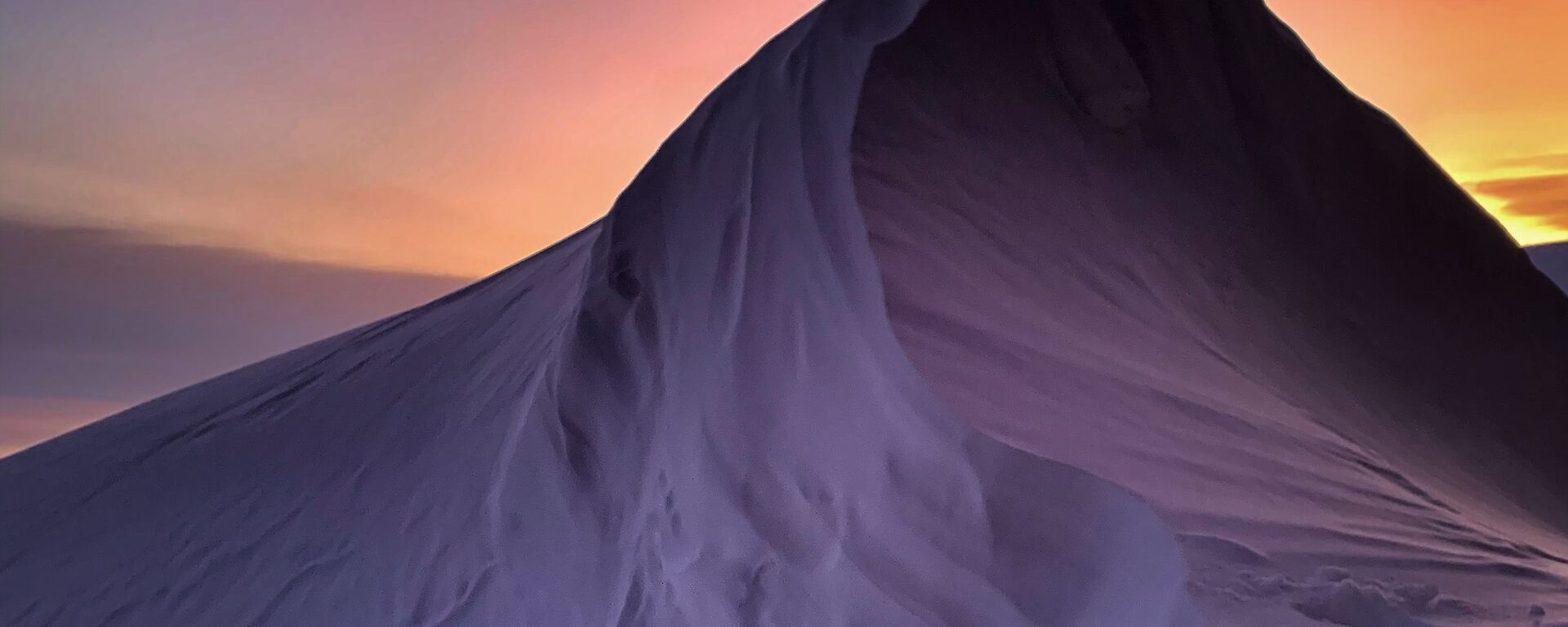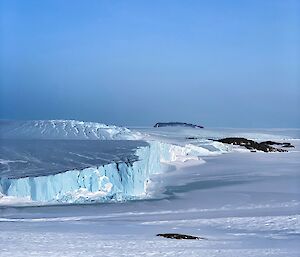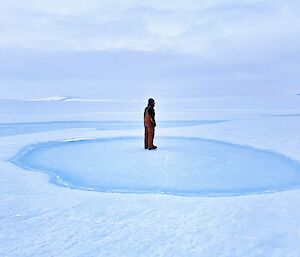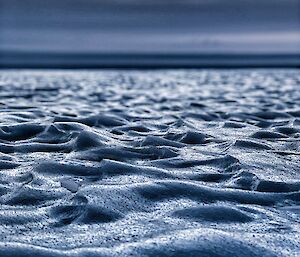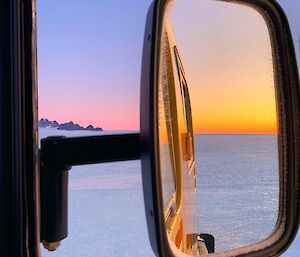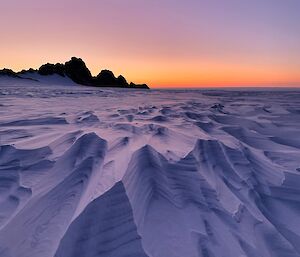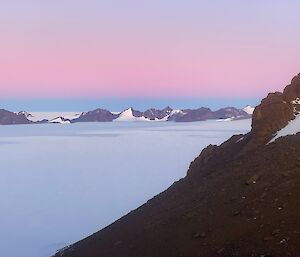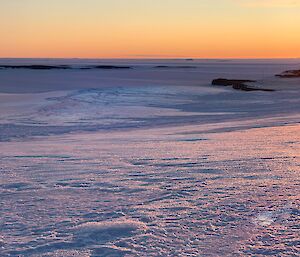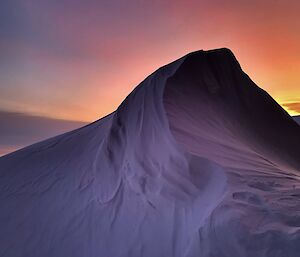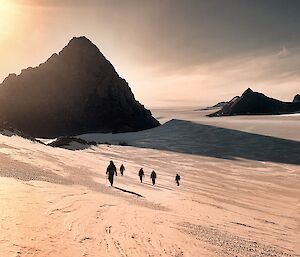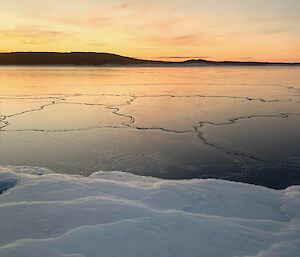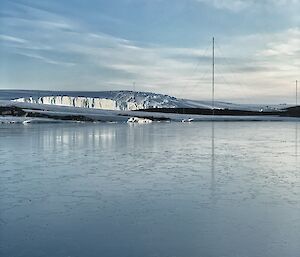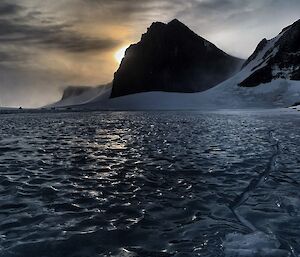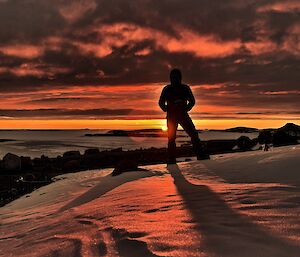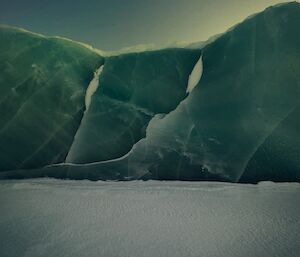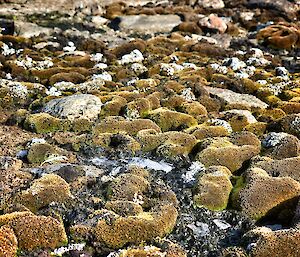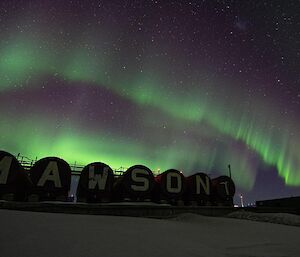As I prepared to come to the icy continent for the first time, I spent a lot of time contemplating how light and colour might affect my mood, my feelings, my emotion. I know from experience that colour and light can inspire, motivate, calm or depress the human psyche. We evolved with light – and from our primitive and rudimentary uses for it, it has since buried deep and obvious triggers and rewards in almost every aspect of our conscious being. Pleasure, abundance, scarcity, warmth, cold, cleanliness, poison, trepidation, exuberance – all buried in a colour or hue. I have also moved around the planet, to all kinds of landscapes and climates. Of all the memories, it is almost always the very different light and hues that stay with you the longest. The light of my birthplace in South Africa is starkly different to that of my adopted home as a teenager in Brisbane. Baghdad, through my eyes, carries a light much heavier and more rich than that of Kandahar where the only impediment to kilometres of clear crisp visibility would be orange dust in differing proportions. The light of my property in the Southern Highlands in NSW is like a different planet compared to that of Hobart where I spent the six months before coming to Antarctica. And the list goes on. Each is etched with a hue and spectrum of light very different from the other.
When I came here I expected a muted palate – of dull tones and crisp lifelessness. I couldn’t have been more wrong. It is a place with an abundance of variety borne from time of day or night to differing season and weather. Each factor having such a profound impact on the perception of my environment, that it is genuinely like a different planet from day to day.
I’d like to take a short moment of your time to share a few of my observations of the coloured light in this corner of the world – and a few insights about the diversity, abundance or rarity we experience because of it.
The most abundant – Greys, Whites and Blues. It will be no surprise to you that the colours of most abundance here are what you might instinctively refer to as muted back home. But they are anything but muted. If Antarctica had a flag derived from the most pre-eminent of its hues, it would surely be white, grey and blue. And the diversity, depth and translucence of the objects baring these colours give a shape and life to them like you can’t imagine. Combined, these colours can feel as if they are bearing down on you, locking you into a box no larger than your own head – barely allowing you to see even your own appendages dressed in yellow AAD gloves. Your eyes will strain so hard just bewildered by the lack of input that you could be forgiven, at times, for a mild claustrophobia or frustration – your eyes being open as wide as they can be, but they see practically nothing – visual silence, blind aside from white’s harsh spectrum. But this overwhelmingly heavy experience of the muted tones weighing in on you, is rare. It is far more common for even the most mundane of objects, such as the ground you walk on, to represent a depth, contrast and variety so intense, that every square centimetre feels like it was hand carved – shaped by thousands of years of wind, pressure and cold and changed by every moment of light that it reflects or absorbs. There is nothing here that doesn’t carry the weight of many millennia in its design – and the long lived objects here, painted in grey, white and blue, show this most of all.
The most surprising – Pastel, Neon, Luminescence. I have no way of saying this that will not sound like I’m in an exclusive club. But there are colours here that, unless you have been here over winter, you will likely never have seen. I knew pastels, I knew neons and I knew luminescence – but they had no dimensions beyond the pages or walls I saw them printed on. Pink, Blue, Lilac, Orange – that would be at home on painted seaside cliff houses in Portofino or on the strip in South Beach, Miami – painted, as if by a heavy artist's hand, across the sky in full 360 degree splendour. Neon Orange and Lavender will come on different days – and on opposite skies – as if the sun was rising and setting at the same time. It is hard to describe these colours, too. But imagine a neon sign in Times Square, stretching across your entire view and lighting up the whole city. There is nothing written in the neon but it illuminates everything so starkly, even contradictorily, you have to look twice. The Red Shed we call home can look anywhere from gold or yellow to deep brown or maroon. The Green Store, the warehouse for our food and supplies, appears as if a deep purple or khaki. Multi-coloured Rosella, where the carpenters hone their craft, can change colour three times, in hyper coloured stripes, during a single sunset.
And most impressive of all – is the kilometres deep, multi-angled, light absorbing ice of the plateau. When it is hit by these neons or even pastels from the sky, the entire world around us changes in indescribable ways. On a walk the other day I was walking on a deep purple/mauve ground, with immense patches of luminescent turquoise – with a burnt orange neon sky holding it all down. My colleagues seemed as if just dark grey shadows walking on a diamond studded deep purple ground.
The stark other wordly – Gold and Silver. And speaking of other wordly, I could never imagine living on a planet made of pure gold or pure silver. But having spent the autumn months here, as the skies changed, that is exactly what I saw. For hours I would walk around the edge of what was once an ocean, but not quite yet solid ice…just staring as the entire surface half glistening with a glossy surface and half matte-like absorbing the bright colours of our midnight sunsets. Its salt encrusted thin layer of ice, broken into massive pieces that resembled a jigsaw puzzle – literally. I remember on the final day we saw water, standing on the shoreline literally watching as the final hole froze by our wharf with a molten golden lid, but at the same time, what appeared to be thousands of luminescent creatures of all shapes and sizes almost frantic yet graceful as they attempted to soak in the last of the sun’s rays before the nine months they will be buried beneath ice. They were all amazing – as if the each had tiny little lights of purple, blue, green and gold throughout their bodies – radiating in a pattern to a melody and rhythm I could not hear. A molten Golden ocean baring down and locking in an abundance of mysterious luminous creatures – a sight I won’t soon forget.
The boldest – Ruby. I have seen ruby red in cut gem stones or a fine wine – or in the hand crafted stained glass on an ancient cathedral. It has always stood out to me as a rare colour, which can only exist when opaque and possessing a luminous three dimensions. I never imagined my environment could be painted as such. We were gifted on the final day we were to see the sun for weeks, with just such a sight. A world on fire, bathed in opaque and luminous red. Even the white snow and deep brown rocks bore its hue – my skin, the sky, the clouds – everything. I haven’t seen it since, but I imagine we will again soon as light returns to our surrounds.
The rarest – Green. A colour I appreciated at home, but never admired, is the one I miss the most. Apart from our painted sheds, artificial plants, and more recently our tiny containerised hydroponics building, this is a world absent of green – real green, growing, live and thriving green. And I never considered a colour to have a smell – but its absence has made me realise I associate life, earth, soil and vegetation with that colour – married with its smell. We have no smells here – oddly enough – none. And the absence of the smell of green has been the most painful to miss. I recall the strong smell of algae and ocean life as we crashed through the ice to find our new home here in Antarctica – and I have to say that is secretly one of the things I will look forward to again most, before we see the green islands on approach to Tasmania.
That said, this is not a world completely absent of green – but it is, for sure, the rarest of commodities. If colour had a value, Green would be the most prized. We have fools green – an illusion of light reflecting off oddly composed ice bergs – in the very rare Jade berg. These bring much delight to expeditioners and are a wonder in their own right. But more incredibly, and pricelessly, we have rare and ancient plant life hidden in protected coves of rock right here on station. Mosses and lichens grow here. They seem small in the scheme of global plant life – but their ability to thrive here, to grow and simply survive, captivates me. Like thousand year old forests on a micro scale – they are my little secret weekly destination I travel to, just to check on their health.
And at night, the king of all light and colour arrives without much notice – it starts with what appears a pale green coloured whisp you could mistake for a long cloud…and transforms into a dance, a tornado or a wave of bright green auroral light. Overhead it is almost nightly reminding us of our insignificance in the universe – and that there is an entire weather system that exists in our solar system we often forget and whose stability we take for granted. The Aurora Australis is magical to see, and it is a truly wonderous thing to realise what forces are interacting and dancing with one another to bring that spectacle to us. An explosion on the surface of the sun. An immense magnetic field generated in the molten metal fluid core of our planet. Clashing, fighting, battling in our skies. A hint of the violence and forces that are ever present in the universe, but have oddly left us relatively untouched for millions of years…at least for now.
All of this makes for many special moments, for memories and the reminders of the wonders of this planet and universe we call home. I encourage everyone to see their colours and hues, and take a moment to reflect on its value and value of the forces that allow you to experience them – in which ever corner of the globe you call home.
P.S. Pictures can never do justice - but hopefully give a pretty good hint.
Matt Williams
Station Leader, Mawson Research Station, Antarctica

